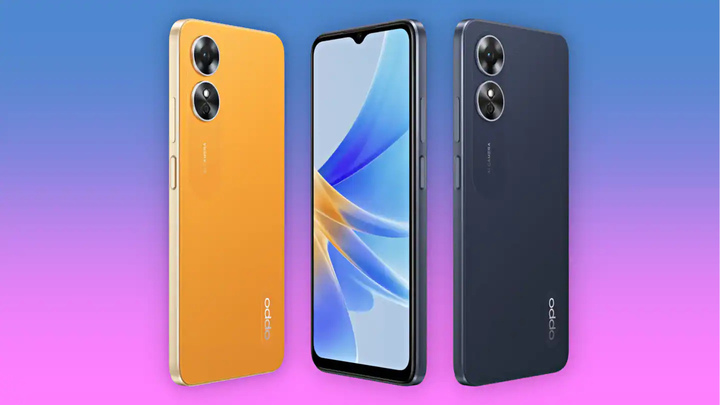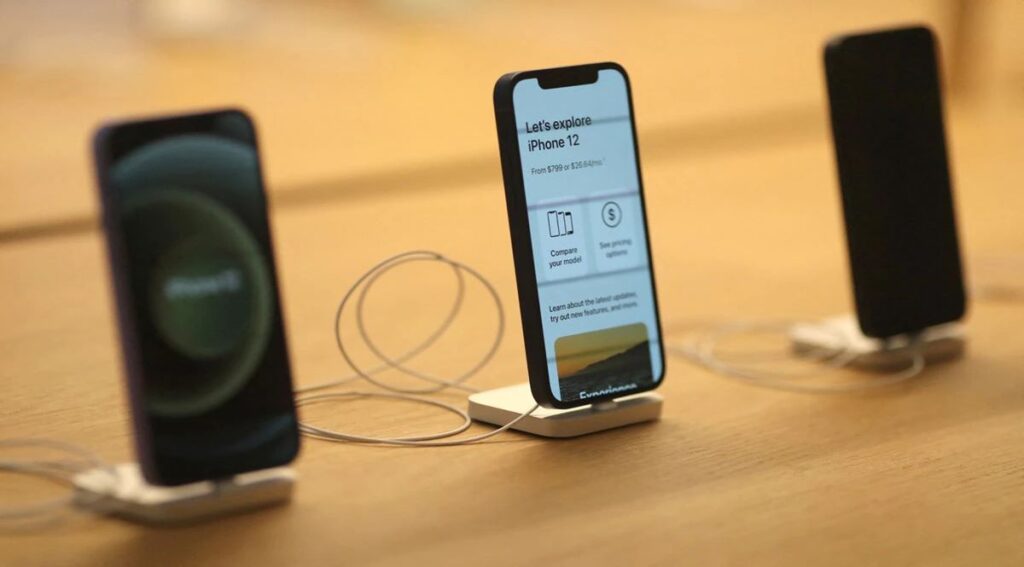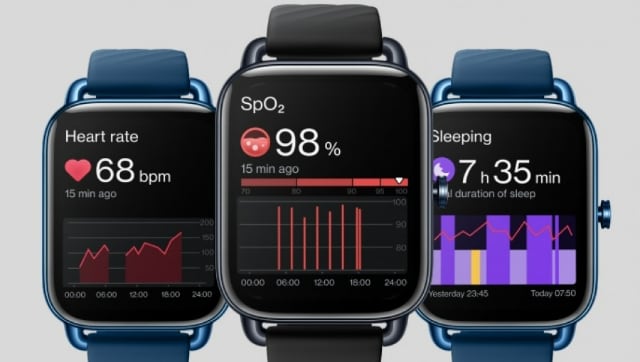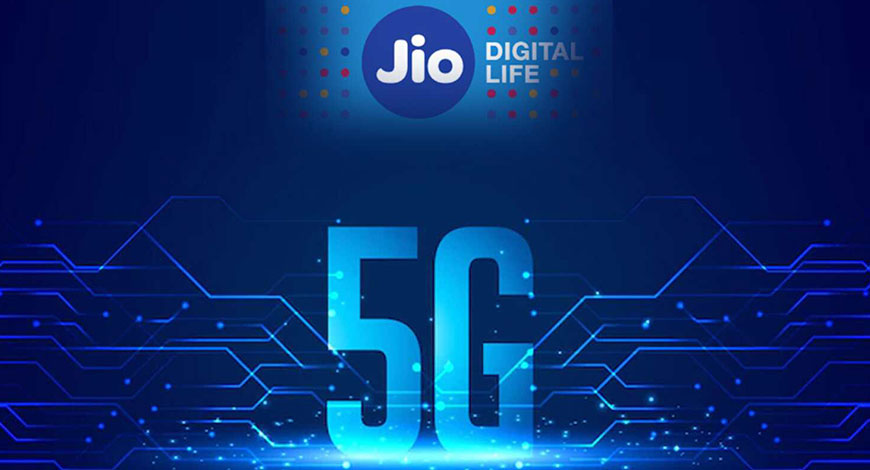Sony device tests sense of smell to determine early signs of Dementia
The Japanese electronics behemoth Sony has developed a new device to gauge one’s sense of smell. The company anticipates using it in hospitals someday since olfactory assessment may aid in the early recognition of dementia.
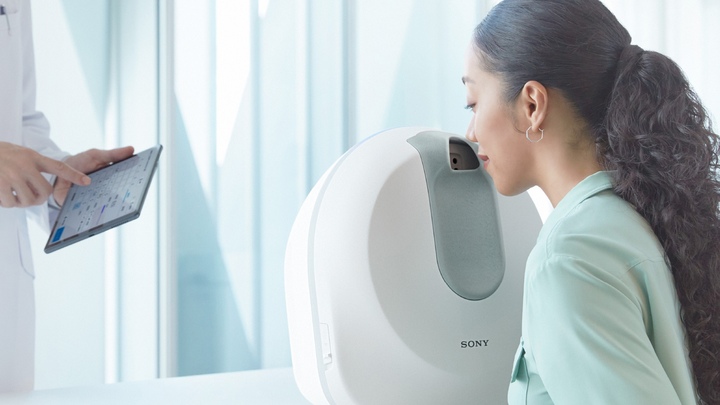
A new health-tech venture from Sony, evaluates an individual’s sense of smell and claims to be able to detect the early onset of dementia and other conditions. The device, which goes by the name NOS-DX1000 and is referred to as the “Odor Presentation Device,” makes use of Tensor Valve technology. The new Sony equipment will soon be made available to everyone and promises to introduce a new technique to determine if an individual is likely to eventually develop dementia.
As per Nikkei Asia, the Sony Group introduced the device on October 5. This new device will cost a staggering $15,900. The company refers to this new device not as a medical device but rather as a research tool that will aid in identifying any associations between the olfactory receptors and neurodegenerative diseases.
The primary function of the Odor Presentation Device is to assess a person’s sense of smell by presenting them with various scents or fragrances. It includes a Tensor Valve, which may completely eliminate an odor and seal in scents from inside the device. It functions as a smelling device that enables researchers to discover whether the patient has early symptoms of dementia as well as its associated disorders.
According to Sony, the device can produce 40 distinct odors. When the operator chooses a smell from a special app, it immediately emits that aroma. Additionally, test participants utilize the app to describe the smell they perceive.
Olfactory measurement is often performed by making the subject smell paper that has been soaked in an odor-emitting liquid. To avoid smell leaks impacting the test, though, a particular setting is needed. Since the new device is deodorizing and well-enclosed there is no need for a dedicated setting.
In light of the coronavirus epidemic, olfactory assessment is becoming more and more important. There have been instances where persons infected with Covid experience issues with their ability to smell.
Fujita Shuji, who oversees Sony’s olfactory business development, claims he wants to make handling scents simpler by automating their measurement and lightening the load on examiners. In his opinion, the olfactory measurement might be utilized more broadly, particularly for health screenings, as a result of new technology that makes it simpler.
Dementia is a serious decline in brain function brought on by aging and degradation, though it can also develop in younger people. Memory loss, which affects patients’ short-term and long-term memories, is one of its early warning signs. Dementia is a symptom of many illnesses, and Alzheimer’s is among the most prevalent forms among patients.
Parkinson’s disease, which is also a degenerative brain disease that affects movement and similar functions, is a form of dementia that impairs a person’s motor skills. The Parkinson’s detector by the Apple Watch has received FDA clearance, and the company soon will be able to inform users about symptoms associated with the disease through the Apple Watch.
By testing one’s sense of smell and looking for any signs of dementia, this new Sony equipment seeks to identify any abnormalities or problems with one’s neurological function.
The olfactory device that the parent company of the Sony Group announced on Wednesday will be on sale in the spring. The sale will primarily be for research purposes rather than as a medical device.

I am a law graduate from NLU Lucknow. I have a flair for creative writing and hence in my free time work as a freelance content writer.
